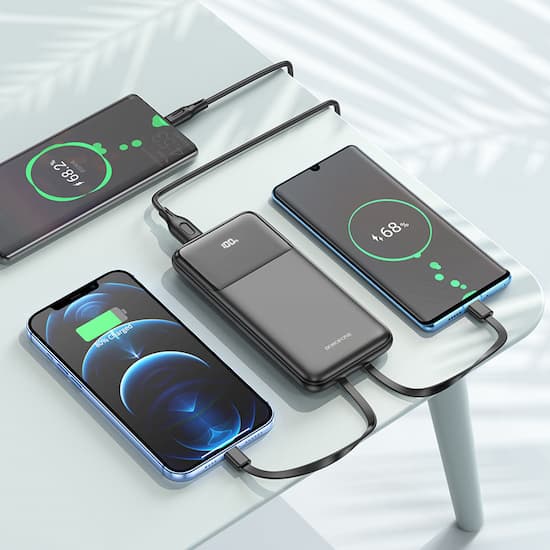Crack the Code: Power Banks Unveiled!
Intro: Ever faced the horror of a low battery warning with no outlet in sight? Fear not! Portable battery banks are here to save the day, unleashing you from the clutches of powerlessness.
Choosing the Right One: With numerous options out there, finding the perfect power bank is crucial. But worry not; we're here to guide you through the maze.
Decoding Capacity: Battery capacity, measured in milliamp hours (m.A.h.), is where it all begins. Think of it like a cup versus a bucket; higher m.A.h. means more power. Consumer-grade power banks start at 2,000 m.A.h. and go beyond 9,000, capable of charging your smartphone multiple times.
Performance Matters: Not all power banks with the same m.A.h. rating are created equal. Performance can vary, especially when charging high-end tablets. Factors like discharge rate play a role, impacting effective capacity.
Beyond Capacity: Features Matter: Life is more than just battery size. Consider features like built-in LED flashlights, shock resistance, and water resistance. Not all claims may hold true, so it's worth exploring real-world reviews.
Charging Rate: Fast Track to Power: Charging rate matters. It's how quickly you can pour from your bucket to your cup. Power banks typically offer 1-amp or 2-amp outputs. A 2-amp output charges your device faster and keeps it running while in use.
Advanced Charging Technologies: Explore power banks supporting rapid charging technologies like Qualcomm Quick Charge and Samsung Fast Charge. These technologies elevate charging speeds significantly, but ensure your device and charger support them.
Conclusion: Armed with this knowledge, find a power bank that suits your needs and never face the agony of a drained battery again. Charge up and conquer, but maybe avoid invading Russia in winter with your newfound power. We all know how that story goes! 🔋💪 #PowerBankGuide #StayCharged #TechTalk

